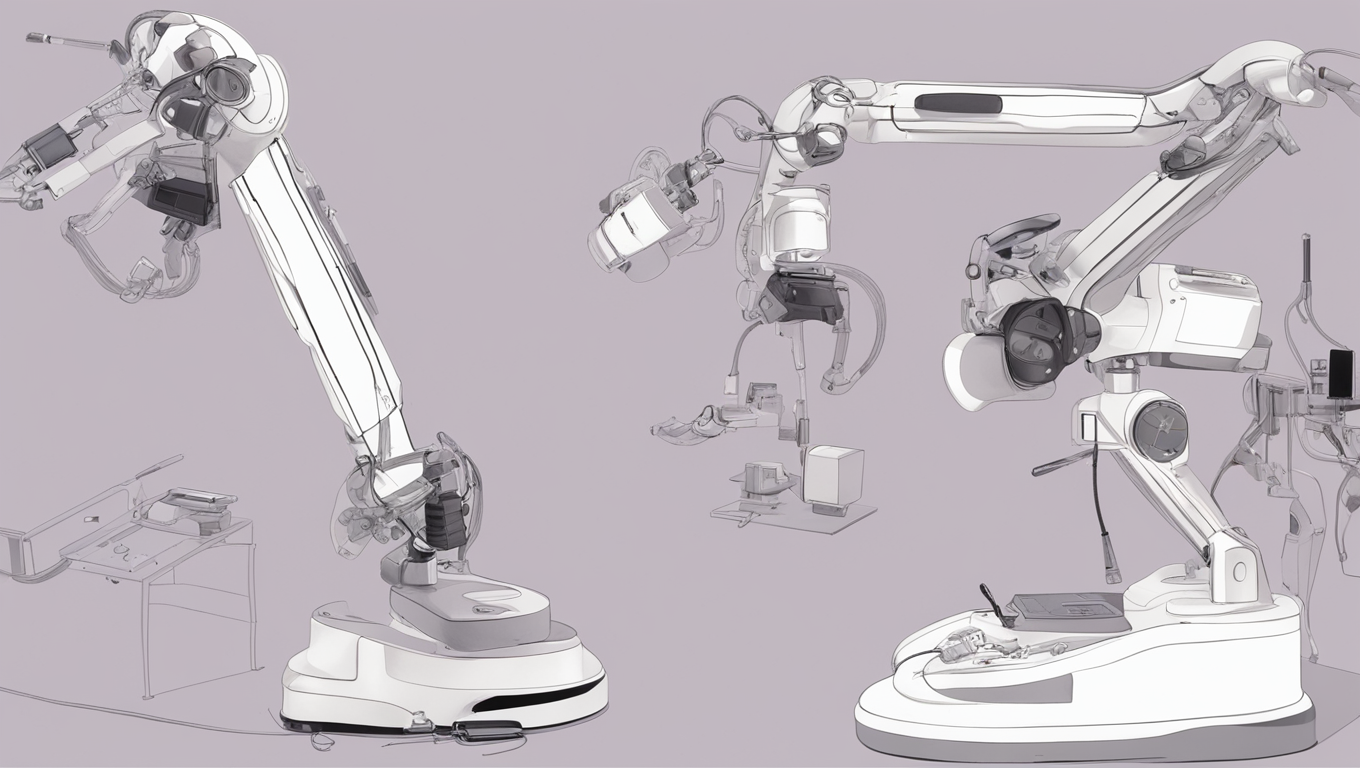Artificial Intelligence (AI) has achieved remarkable progress in the early detection of skin cancer, as demonstrated by a recent study presented at the Congress of the European Academy of Dermatology and Venereology in 2023. The accuracy of diagnoses reached nearly 100 percent. Skin cancer is the most common type of cancer worldwide, but with early detection, it is highly treatable. This highlights the importance of regular skin cancer screening.
For some time now, scientists have been striving to improve the effectiveness of skin cancer detection using AI. Encouraging results have now emerged. In a study conducted over two and a half years, a AI-based diagnostic program analyzed data from over 20,000 patients with suspected skin cancer. The results of this study are remarkable: out of 190 diagnosed cases of skin cancer in this patient group, 189 were correctly identified, resulting in a detection rate of 99.5 percent. Additionally, 541 out of 585 pre-cancerous lesions (92.5 percent) and all 59 melanoma cases were successfully detected.
“This study has shown how AI rapidly improves and learns, with the high accuracy directly attributable to improvements in AI training techniques and the quality of data used to train the AI,” said Dr. Kashini Andrew, a specialist at the University Hospital Birmingham NHS Foundation Trust.
Dr. Andrew further explained that the latest version of the software was able to save over 1,000 in-person consultations in secondary care between April 2022 and January 2023. This allowed more time to be spent on patients who urgently required clinical attention.
While the data is impressive, the researchers emphasize that AI cannot and should not replace a good dermatologist. As a safety net, the study team had specialists in place as a backup. Dr. Irshad Zaki, a dermatology specialist at the UHB NHS Foundation Trust and co-author of the study, stated, “We want to emphasize that AI should not be used as the sole instrument for detecting skin cancer and that it is not a substitute for a dermatologist.”
The current research data shows that AI is a promising technology for future healthcare. While it cannot replace a visit to the dermatologist yet, several online doctors are also working on AI for the initial diagnosis of skin cancer. Dr. Christian Drerup from the online dermatologist doctorderma said, “We are currently training our AI with image, medical history, and metadata. Mole patterns are compared using pattern recognition. However, the AI does not yet provide a diagnosis or recommend treatments.”
To aid in the self-examination of the skin, the ABCDE rule can be utilized. This method helps individuals check their skin for possible malignant changes. Each letter represents a characteristic that can occur in a mole or skin lesion. Specific changes could indicate melanoma, the most dangerous form of skin cancer:
- A = Asymmetry: Normally, a mole is (almost) symmetric. An asymmetric shape can indicate a potential risk.
- B = Border: Blurred or unclear edges of a mole are also a sign of existing skin cancer risk.
- C = Color: A mole is usually brown or black. If the color of a mole or skin lesion changes or the color is uneven, it could be a sign of skin cancer.
- D = Diameter: The diameter of skin lesions should be observed. Significant growth and a size larger than 5 millimeters can indicate an abnormality.
- E = Elevation or Evolution: A raised or newly developed skin change can also indicate malignancy.
In conclusion, AI has made significant advancements in the detection of skin cancer, with near-perfect accuracy in diagnosing cases. However, it should be noted that AI is not a substitute for a dermatologist and should be used in conjunction with medical professionals. The potential of AI in revolutionizing healthcare is promising, but further research and collaboration with experts are required to fully realize its benefits. Regular skin screenings, both self-examinations and visits to dermatologists, remain crucial in the early detection and treatment of skin cancer.





Use the share button below if you liked it.